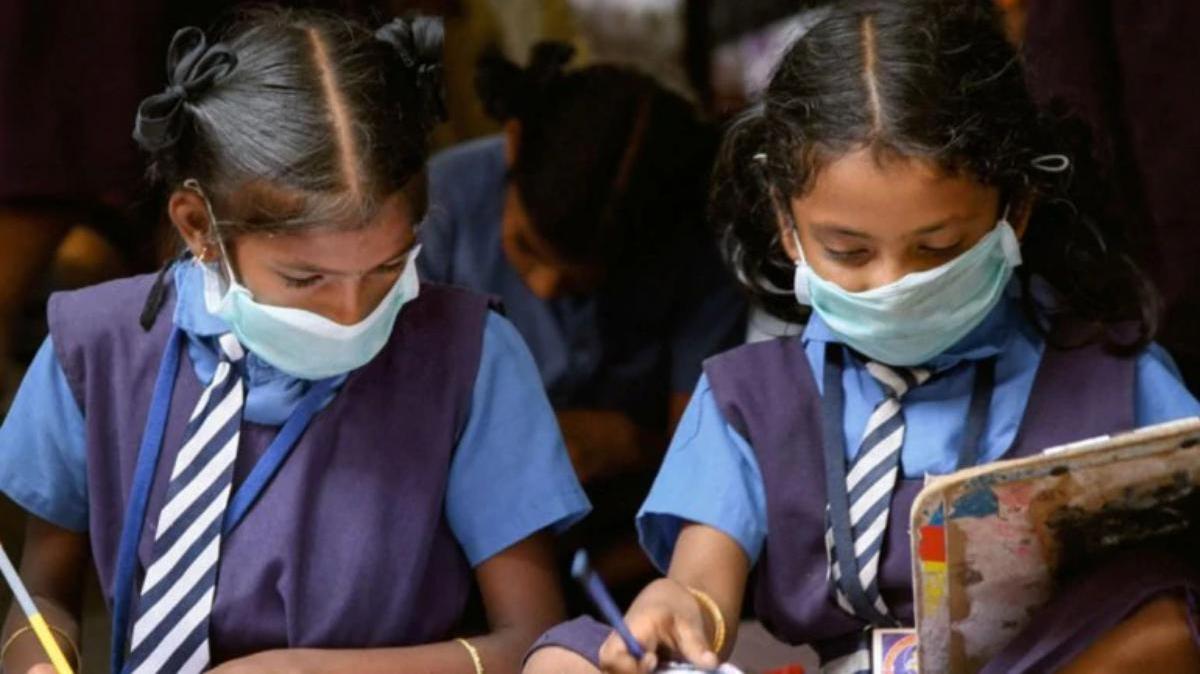Introduction
The recent COVID-19 pandemic has caused chaos all around the world. Schools were closed, and teachers were in a state of panic. As educators, we had to adapt to a new way of teaching as quickly as possible because our students always depended on us. In this article, we will discuss how the COVID-19 pandemic has affected classroom teaching strategies and practices and how schools are adapting to these new methods of teaching and learning. Let’s get started:
How has COVID-19 influenced our classroom teaching strategies?
Post the pandemic, teachers today are more careful about the hygiene and health of their students. This is because the pandemic has taught us how important hygiene and cleanliness are for the prevention of diseases.
Other than that, teachers have adapted to new teaching practices to maintain a healthy environment in their classrooms. For example, teachers now provide tissues and hand sanitisers to students whenever they visit their classroom or when they are sick at home.
Other recently popularised methods of teaching include using visual aids for classroom teaching activities. Additionally, schools have started teaching hygiene and health classes early on so that students could learn how to stay healthy and prevent themselves from getting sick.
How does the COVID-19 affect the education system?
The educational system is complex system, and COVID-19 has affected it in many ways. The school year has been shortened, and some classes have been cancelled or combined with other schools.
In some cases, teachers have had to change their lesson plans and methods of teaching as a result of high absenteeism rates among students and staff members.
Parents are now more concerned about the safety of their children at school and are worried about infections spreading from one child to another through contact with surfaces like desks or chairs that droplets have contaminated from sneezes or coughs from infected individuals. Hence that has added additional responsibility on school administration.
Click here – What Is The Strongest Metal? 9 Strongest Metals In World
Remote teaching strategies for teachers and trainers
Remote teaching has become a common practice post the pandemic. Teachers are slowly and gradually adopting new teaching methods to overcome the limitations of traditional ways. This has been made possible by advances in communication and technology that have enabled teachers to connect with their students from anywhere in the world, irrespective of time constraints.
Remote teaching strategies have helped schools save on costs associated with travel. You can use any of the following teaching strategies to teach remotely:
- Virtual classrooms: A classroom is where students gather in person, and the teacher teaches them using technology. Online lectures are one example of virtual classrooms. This can also be done via video conferencing, such as Skype or Google Hangouts.
- Remote teaching: This involves teaching a class without gathering all the students together in person. You may use any means at your disposal – such as a computer and internet connection – to teach your class from home or the office, even across continents!
Adapting to a new way of teaching with technology
As a teacher, you are part of a community constantly learning and adapting to new ways of teaching. This is because teaching is not just about imparting knowledge but also about fostering critical thinking skills in your students.
To do this effectively, you need to be able to communicate with them and other teachers. You can do this by adopting new methods, such as using technology in your classrooms, like iPads or laptops, to enhance your lessons and make them more engaging for students.
The use of technology has enabled teachers to improve their communication with other teachers through online collaboration tools such as Google Forms which makes it easy for them to share information such as lesson plans or resources amongst themselves.
Another example of adopting technology in classroom is the use of an interactive whiteboard. An interactive whiteboard allows teachers to share information with their students in a more engaging way than with traditional methods such as writing on a chalkboard or using an overhead projector.
Conclusion
We think it is important to have a balance between technology and face-to-face learning. While COVID-19 has been an easy way to teach remotely, classroom interaction is still important. I think we should try to adapt new technologies in our teaching methods because they can make learning easier for students but also challenging for teachers who want to teach in traditional ways.
Click here – How To Change Reddit Username? 2 Methods
